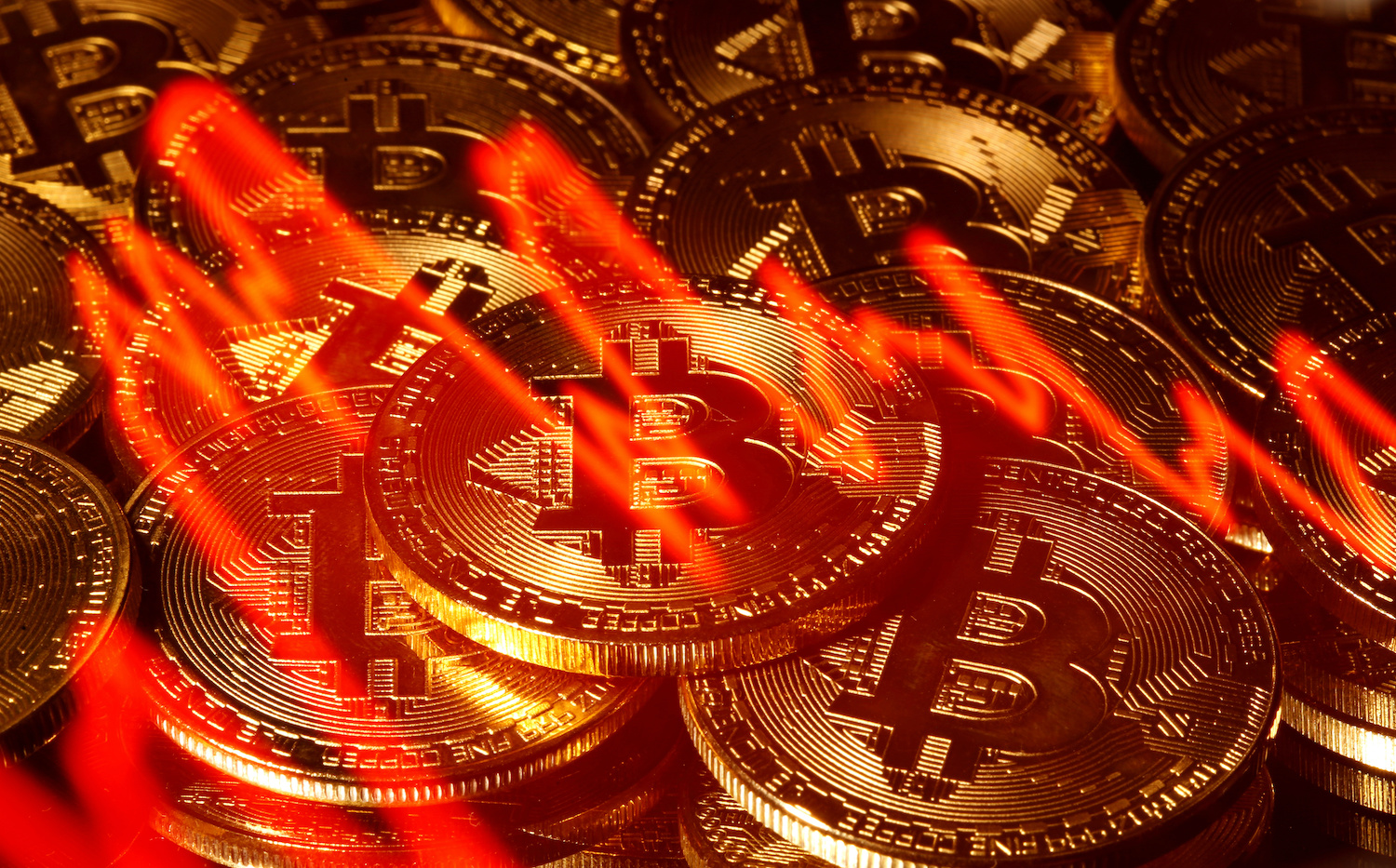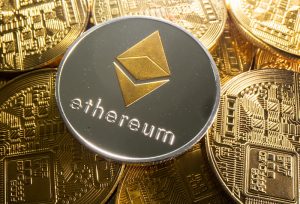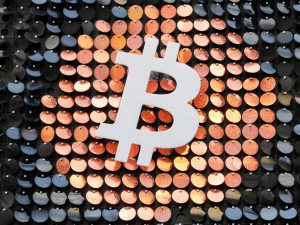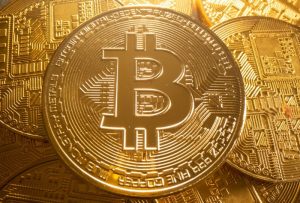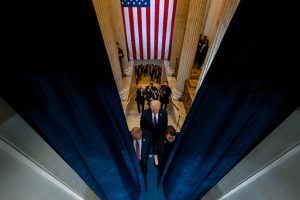Here is an interesting correlation – as the Covid-19 pandemic rages on, the price of cryptocurrency, as represented by Bitcoin, has also soared.
While crypto believers predict that central banks would adapt to cryptocurrencies and keep them as a reserve asset, many others, including Nobel Laureate Joseph Stiglitz (Colombia University), Nouriel Roubini (Stern School of the NYU) and Harold James (Princeton University), just to name a few academics, and Wall Street veterans such as Edward Yardeni and David Rosenberg, and long-term Bitcoin and block-chain investor Mark Cuban, are sceptical about the future of cryptocurrencies.
China is a big crypto-sceptic/critic. It has banned all initial coin offerings (ICO) and Bitcoin mining since 2017. But it still allows the development of distributed ledger technology (DLT) behind the cryptocurrency innovation.
Read more: Tesla faces a long, bumpy road if it’s to avoid gridlock in India
It has created the world’s first official digital currency, the Digital Currency Electronic Payment (DCEP), and is experimenting on its circulation in key Chinese cities.
China wants a digital currency with risk that can be controlled. In Beijing’s view, any cryptocurrency with decentralised characteristics, like Bitcoin, is a potential systemic risk leaving them vulnerable to runaway market forces.
Both crypto/Bitcoin supporters and critics would probably agree that the parabolic surge in Bitcoin price since late 2020 is a bubble. Some have argued that the Bitcoin mania was a modern version of Dutch Tulipmania in the 17th century or the dot-com bubble in the US in late 1999 through 2001.
At the time of writing, Bitcoin price has surged by 450% since 2020 (and over 1,000% since 2019). Meanwhile, the estimated US equity risk premium has fallen from more than 5.0% in early 2020 to around 2.0% now.
EQUITY RISK
This gives rise to another interesting correlation – Bitcoin price movement seems to be negatively correlated with the US equity risk premium.
This stylised evidence argues that the equity risk premium could be a gauge of the risk appetite – a decline in the premium reflects a fall in risk aversion and, thus, a rise in speculation in the market as investors are asking for a lower premium for holding risky assets.
By corollary, Bitcoin price could be a collective risk/speculation gauge, implying that there is also froth in the stock market. For example, the NASDAQ went up by 200%-plus during the dot-com bubble years. At the time of writing it is up by over 100% from the beginning of 2019.
What is sustaining the asset bubble is QE/zero/negative interest rates by the DM central banks and massive fiscal spending, which are bolstering market expectations on a strong economic recovery later. Recent news on Covid-19 vaccine development has added to the positive, and speculative, sentiment.
FISCAL SPENDING
Currently, the market is expecting more fiscal spending, continued zero interest rate and QE and successful Covid-19 vaccines in the coming months to deliver that robust global economic recovery later in 2021. But here is where the market risk may come in.
A recovering or even booming economy backed by pent-up demand will raise inflation expectation due to the massive amount of policy stimuli injected into the system. This means that DM central banks, led by the US Fed, would be challenged to keep interest rates low or sustain QE.
Experience shows that tight money always pricks an asset bubble. As and when growth and inflation expectations improve due to successful vaccine roll-out, the Fed may need to scale back QE and normalise policy. A taper tantrum, like the one in 2013, will emerge and prick the Bitcoin bubble with negative spillover effect on other assets.
Such a large market shock could also hit China’s stock market, even though its system has no Bitcoin connection, because China’s equity risk premium exhibits the same trend as the US’s. But arguably, the potential shock on China’s market will be limited, ceteris paribus, because it does not have any QE tapering risk (as Beijing has refrained from massive reflation throughout this economic down-cycle) and its economy is on more a solid footing than the DM due to better pandemic management.
STIMULI EXPECTATION
This scenario seems unthinkable right now as daily information on the pandemic has inundated the market with negative stories that, in turn, sustained the expectation of never-ending policy stimuli. But positive development in the Covid-19 vaccines could change this sentiment and unleash the taper tantrum risk to hit the markets.
Many market players are still optimistic about the first half of 2021. But once the inoculation comes into full force and the vaccines are proven effective, 2H21 year could be a different world. The longer the Bitcoin bubble lasts, the harder it will burst on the day of reckoning, sending shock waves to stocks and other assets. I am just thinking it out loud here.
- Chi Lo is the Greater China Senior Economist at BNP Paribas Asset Management




